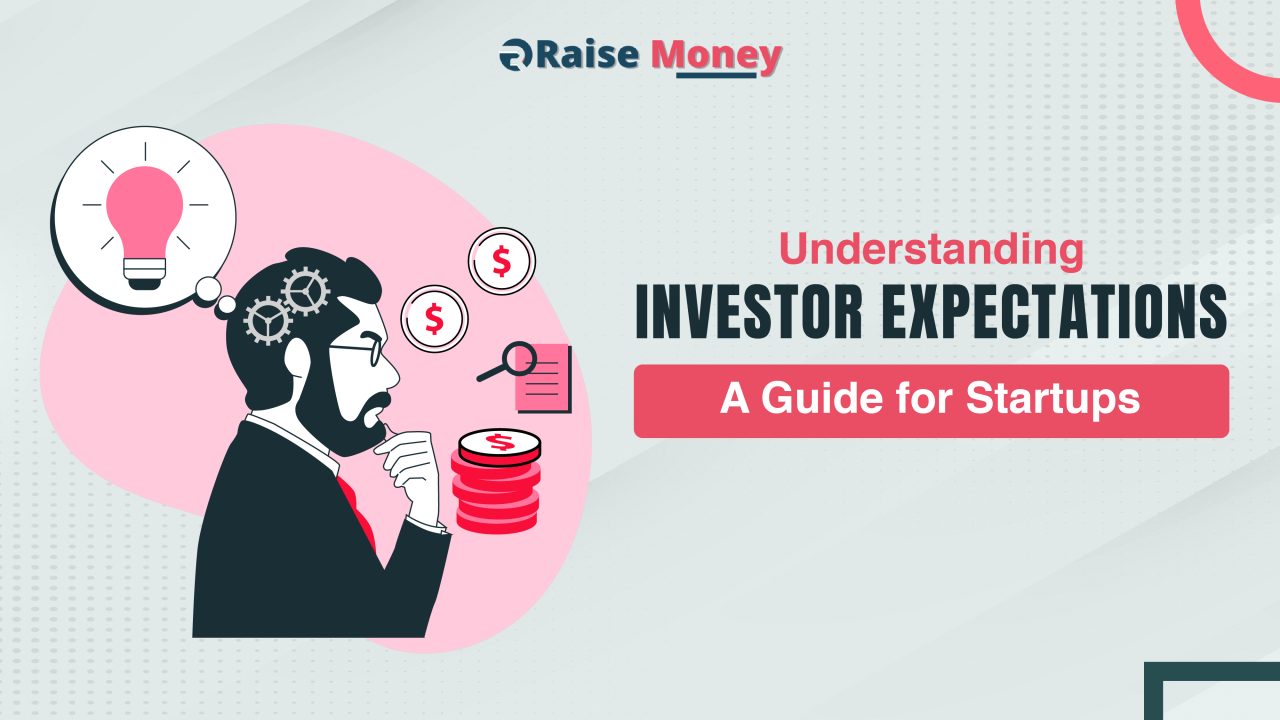
Raising capital is one of the most important and challenging steps in building a successful startup. While having a groundbreaking idea is important, it’s not enough to secure funding. Investors want to know that you have a solid business model, a clear plan for growth, and the ability to execute your vision effectively. Understanding what investors expect and how to position your startup to meet those expectations can significantly increase your chances of securing funding. This guide explores the key factors that influence investor decisions and provides practical advice on how to align your business strategy with investor expectations.
1. A Strong and Scalable Business Model
Investors are primarily interested in how your startup plans to generate revenue and sustain long-term growth. A scalable business model is one that can grow revenue without a corresponding increase in costs. Investors want to see that your business has the potential to expand efficiently and profitably.What Investors Look For:
- A clear and well-defined revenue model that explains how your business will make money.
- Low customer acquisition costs (CAC) and high customer lifetime value (CLV).
- Scalability—whether through technology, automation, or market expansion.
- A competitive advantage that creates barriers for competitors.
How to Deliver:
- Define your business model and the unit economics (cost vs. revenue per customer) clearly.
- Provide evidence of early traction, such as increasing sales, customer engagement, or partnerships.
- Show how your business can scale without significantly increasing operational costs.
2. Market Opportunity and Size
Investors evaluate the size of the market to determine the potential for return on investment. A small market limits growth potential, even if the idea is innovative. Investors are more likely to invest in startups operating in large and growing markets.What Investors Look For:
- A sizable total addressable market (TAM) that indicates growth potential.
- A clearly defined target audience and a strategy for market penetration.
- An understanding of market trends and how your startup is positioned to benefit from them.
How to Deliver:
- Provide detailed market research, including data on market size, growth rate, and competitors.
- Explain how your product or service fills a gap in the market.
- Highlight unique market insights or competitive advantages.
3. A Strong Founding Team
Investors often say they invest in people, not just ideas. A capable and experienced founding team increases the likelihood that the startup can execute its business plan and navigate challenges effectively.What Investors Look For:
- Founders with relevant industry experience and a track record of success.
- A diverse team with complementary skills in product development, marketing, sales, and operations.
- Strong leadership qualities, including strategic thinking, resilience, and adaptability.
How to Deliver:
- Showcase the experience and expertise of the founding team.
- Demonstrate that the team has the ability to execute the business plan.
- Provide examples of past successes and how they reflect on the team’s ability to overcome challenges.
4. Unique Value Proposition (UVP)
Your startup needs to stand out from the competition. Investors want to know why customers will choose your product or service over others in the market.What Investors Look For:
- A clear and compelling competitive advantage.
- Evidence of product-market fit through customer adoption or positive feedback.
- A sustainable edge, such as proprietary technology, unique features, or strong brand loyalty.
How to Deliver:
- Explain the problem your product solves and why your solution is better than alternatives.
- Provide metrics on customer engagement, retention, and satisfaction.
- Outline how you will maintain and strengthen your competitive edge over time. 5. Financial Performance and Projections
What Investors Look For:
- Revenue growth trends and evidence of product-market fit.
- Gross margins and operational efficiency.
- A break-even analysis and timeline to profitability.
- A detailed plan for how the funds will be used.
How to Deliver:
- Create a detailed financial model with 3–5 years of revenue and expense projections.
- Be transparent about costs, burn rate, and future funding needs.
- Show how the investment will help you achieve key milestones and increase profitability.
6. Risk Management and Mitigation Strategy
Every business faces risks, but investors want to know that you understand those risks and have strategies in place to manage them.What Investors Look For:
- A clear understanding of market, operational, and financial risks.
- A well-thought-out plan to mitigate risks.
-
Evidence of compliance with regulatory requirements.
How to Deliver:
- Present a risk analysis that identifies key risks and how you plan to address them.
- Include contingency plans for market downturns, product failures, and other challenges.
- Highlight any legal protections, such as patents, trademarks, or contracts.
7. Exit Strategy
Investors typically seek a return on their investment through an exit event, such as an acquisition, merger, or public offering. A clear exit strategy increases investor confidence.What Investors Look For:
- A realistic exit plan within 5–7 years.
- Potential acquirers or merger opportunities in the industry.
- Market conditions that support a successful IPO or acquisition.
How to Deliver:
- Identify potential exit options and explain why they are realistic.
- Discuss how market trends and competitive positioning will support a successful exit.
- Provide examples of similar companies that have achieved successful exits.
8. Alignment with Investor Goals
Investors have different goals and risk tolerances. Understanding an investor’s strategy and aligning your pitch with their goals increases your chances of securing funding.What Investors Look For:
- Alignment with their investment strategy (e.g., high growth, social impact, or sustainable business).
- A clear understanding of how the investment will generate returns.
- An opportunity for active involvement, if applicable.
How to Deliver:
- Research the investor’s portfolio and investment preferences.
- Tailor your pitch to reflect how your business fits their strategy.
- Be transparent about risks and expected timelines for returns.
